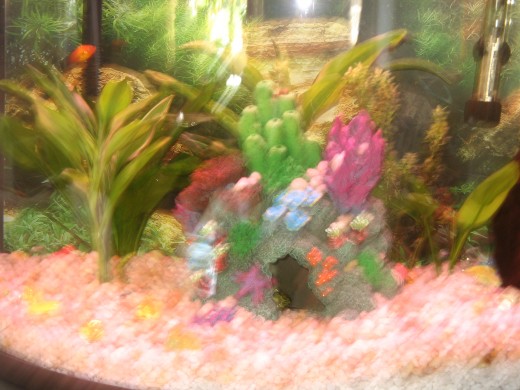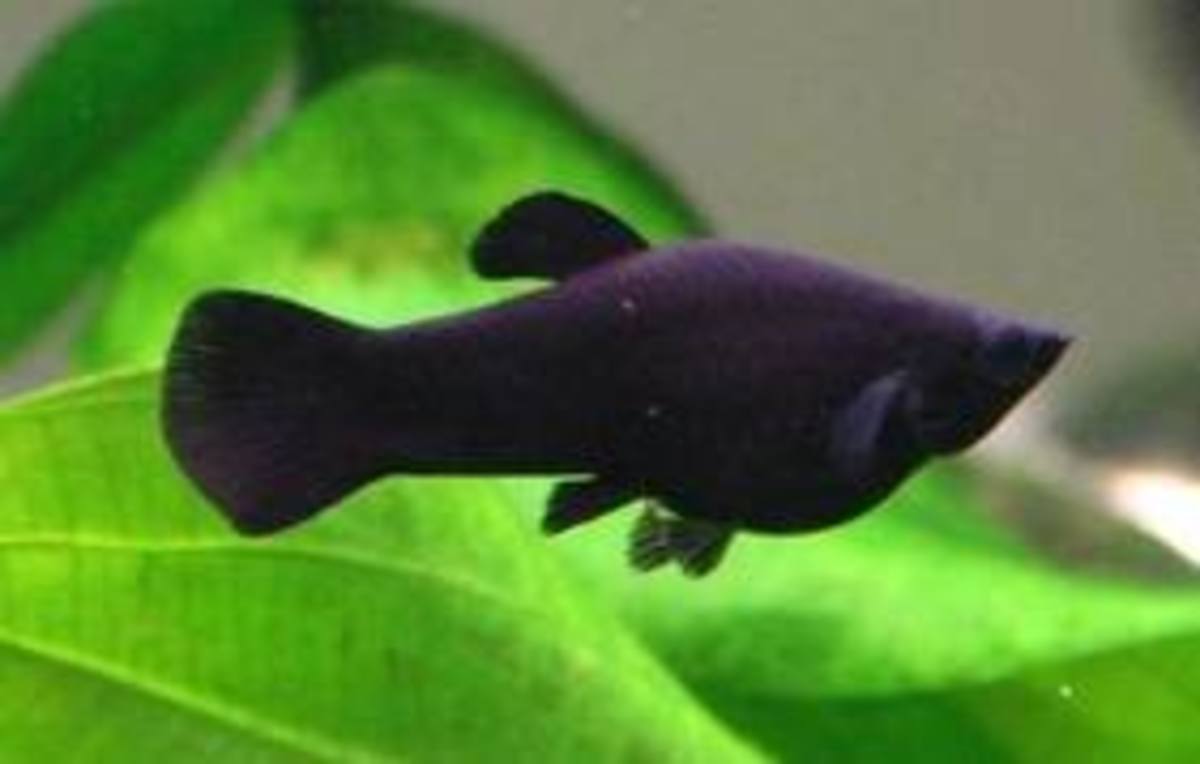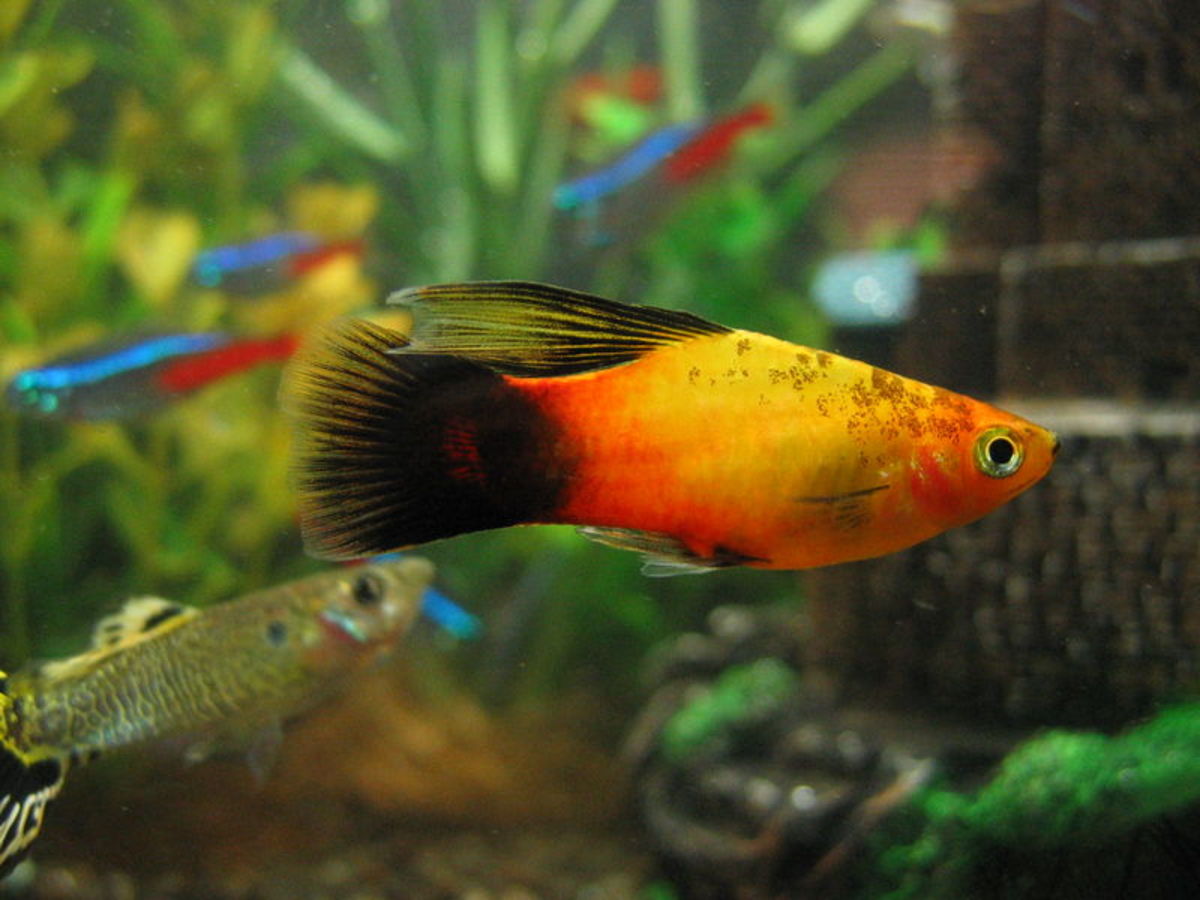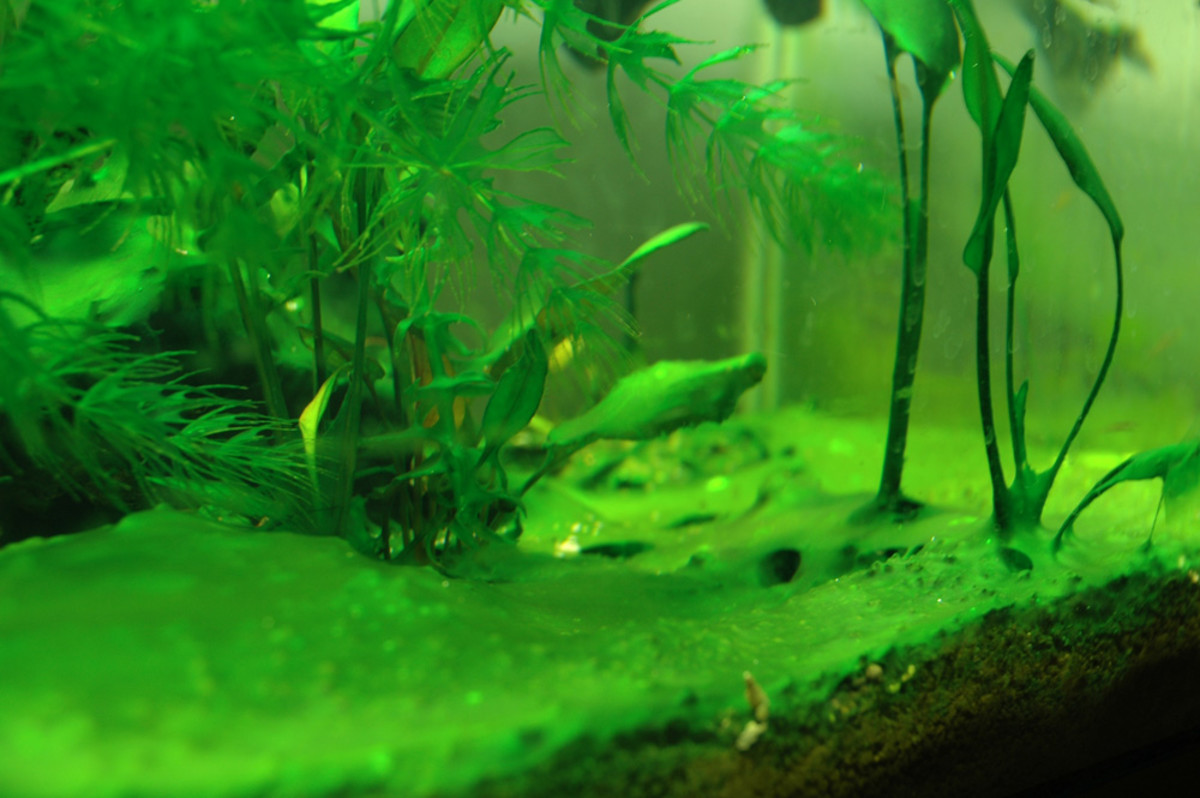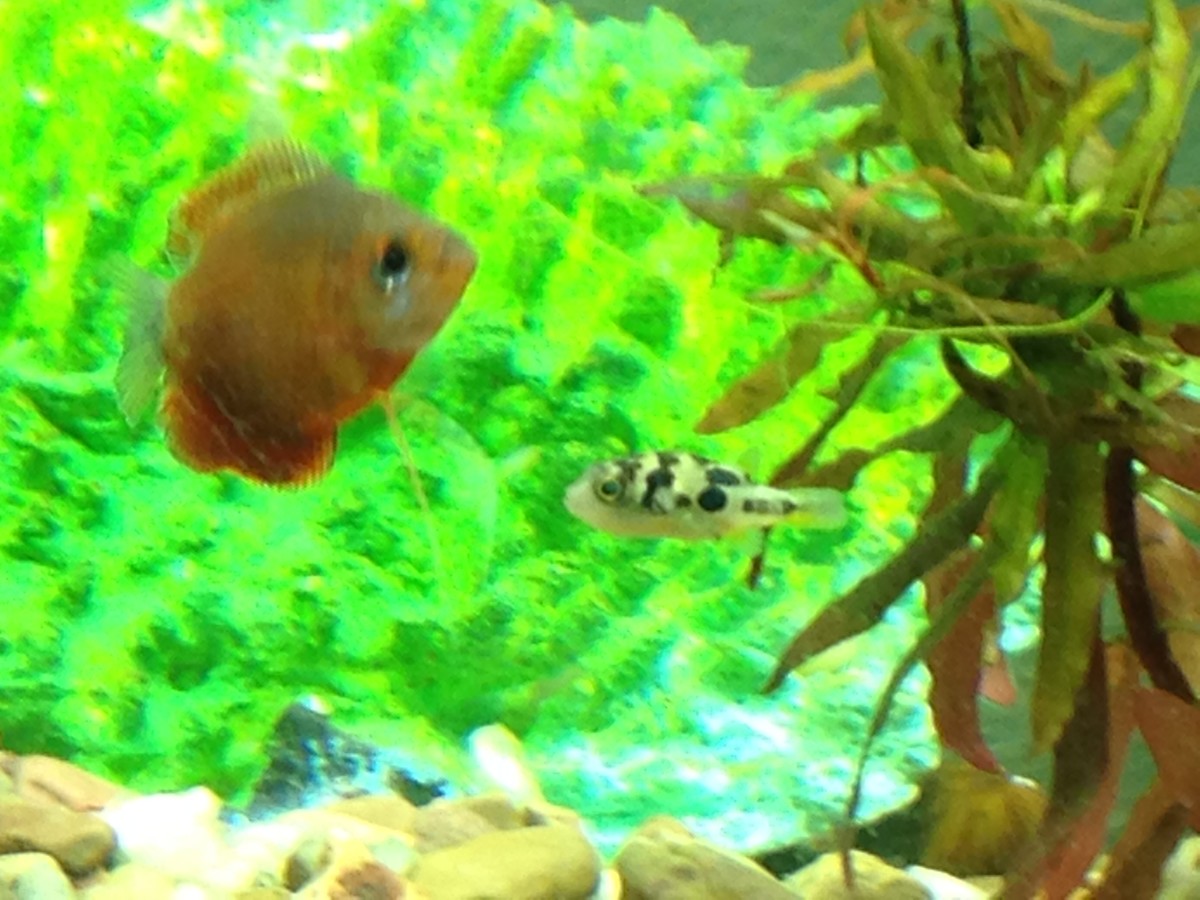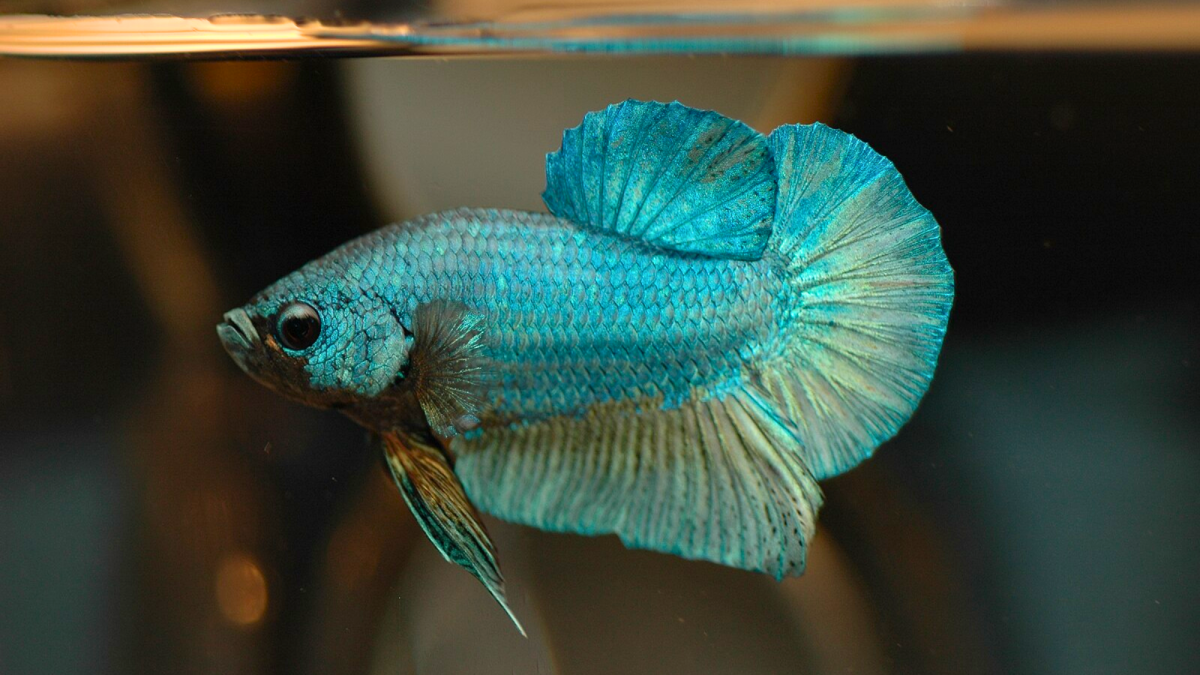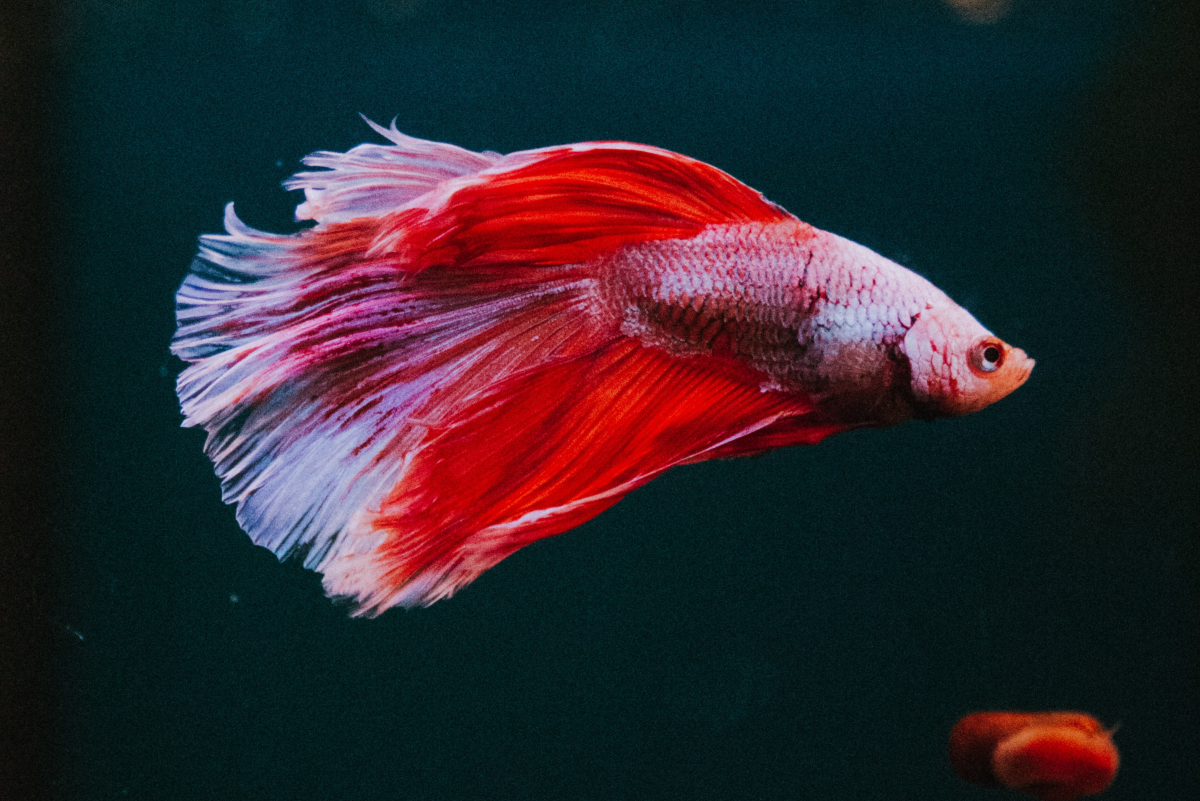How To Set Up The Tropical Fish Aquarium

A Completed 16 Gallon Bow Shaped Aquarium
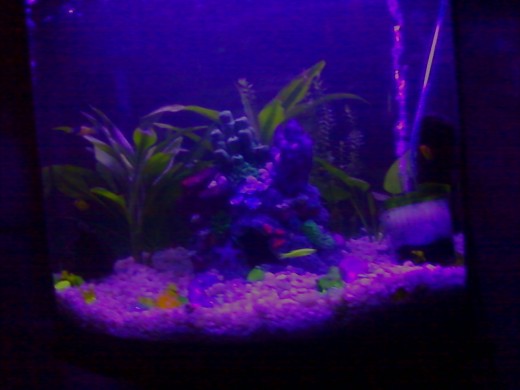
Cardinal Tetras
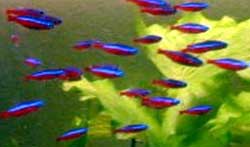
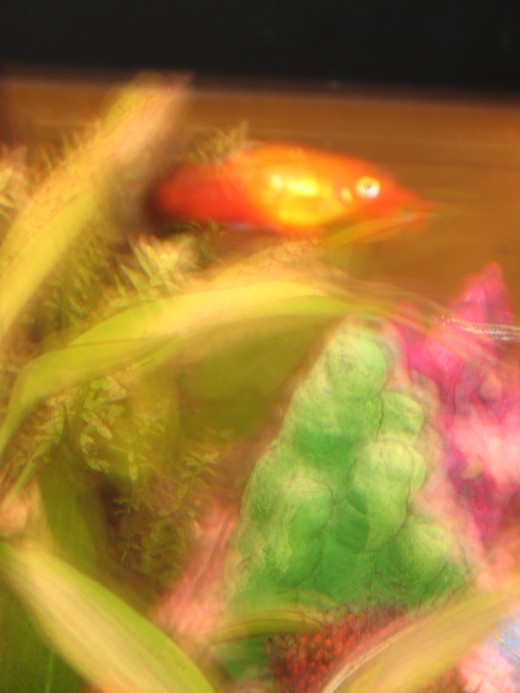
The Basic Tropical Freshwater Aquarium. Notice The Tiger Barb Species In The Foreground.

Raising freshwater tropical fish, can not only be an exciting hobby to take up. But after setting up the watery home for the different species that you will soon introduce into it. In turn this in itself will provide many continual years of lasting enjoyment.
Viewing freshwater tropicals, is also very relaxing for those who are naturally anxious. Watching tropical fish swim about and not only take your mind off of your daily troubles. But it is a known fact that by observing fish within an aquarium, reduces heart rate and blood pressure.
And besides the health benefits that is not the only added benefit. In addition all of the needed accessories to start your aquarium, including the aquarium itself, will not burn a hole in your pocket when it comes down to the cost.
Depending on the available space that you have in your home or apartment...you can start off with a ten gallon plexi or glass aquarium that is a good size for beginners. Petco is a popular pet supply store, where you can purchase aquariums of many different shapes and sizes.
However since aquariums are relatively more abundant in many stores besides those of pet stores. You probably could find an aquarium at a better price either online, or at Walmart or even Target for example.
Both of these stores have an individual section dedicated solely to pets and pet supplies. These stores unfortunately do not sell the different fish species that you would want to add to your aquarium later on. The local pet store in your neighborhood, or Petco for example is still the best place to purchase tropical fish.
Since tropical fish aquariums have been around for awhile, and still a popular past time hobby for young and old alike. You should be able to get a ten to twenty gallon aquarium and black iron stand, with a few additional accessories added for around $150.00 or less.
Again this depends largely on where you purchase your aquarium. The tropical freshwater fish, can sometimes be a bit more costly than some of the aquarium accessories themselves. But for the most part, many of the species you will purchase, will be no more than three to four dollars for three to six fish.
It is the Saltwater marine species that cost, when it comes to aquarium fish. And since raising saltwater fish, is a whole separate topic, I won't get into a discussion about it in this article. But just so you know-a single saltwater marine aquarium fish, could cost you anywhere from $25.00 upward, depending on the variety that you purchase.
They are also much harder to raise and need more care and attention, than freshwater species. So if you do not have extra funds to spare to start a saltwater aquarium, I recommend that you stick with the freshwater set-up. Remember down the road, you can always try raising saltwater fish, after you have become an expert in taking care of the freshwater ones.
The same applies when you have mastered the ten or twenty gallon size aquarium setup. At a later date, you can try your hand at raising fish in a larger environment, such as that of a fifty-gallon tank. People are always looking for old terrariums or aquariums, and you could always sell the old one at a yard sale or Ebay for example.
Now that you have purchased your aquarium and have a stand, to set the aquarium on. Set up your unit in an area where there is not a lot of natural light coming in. Too much light will produce excess algae on the inside of the aquarium glass, making the job of having to clean your aquarium on a more frequent basis. A little algae however does produce extra oxygen for your fish. Also live freshwater aquarium plants produce algae as well.
They may look natural and your fish may enjoy fresh plants to nibble on from time to time. But the real truth is that they can cause a mess, and you are better off in the end by adding a few artificial plants. In addition these artificial plants look just as good as the real ones for the most part.
In addition you can pick-up an algae scraper at your local pet store, to scrape the inside of the aquarium glass, a couple times a week. This routine, will prolong the time frame of when you have to do a total aquarium cleaning and water change. Algae scrapers, look like large square or flat pads. they are either square or rectangular and a few inches thick.They are attached to a long rod, that makes it easier to reach the glass at the bottom of your tank, when scraping the inside.
Once you have your aquarium positioned in a suitable location in your home, like against a living room or office wall. You will want to add some sort of colored gravel or stone to the bottom of the tank. I find that a white colorless, stone of different shapes and sizes makes a nice natural looking environment.
It not only looks nice within your aquarium environment, but aquarium fish on occasion like to rub their bellies or sides across the stones. They do this to either remove excess scale; or bacteria from their gills or bodies than can sometimes be bothersome.
Even though stones or gravel bagged at a pet store may appear clean and so forth. It is still a good idea to take a plastic or metal strainer, and sift the stone in the strainer a little at a time as you add it to the bottom of your aquarium. It may be even more beneficial to boil the stone in some water, as you would hard-boiled eggs.
The reason being, there is always some chance that bacteria or other toxins could still be present within this mix. By boiling or rinsing thoroughly with warm water you will in addition be, making your gravel mix more sterile. This in turn will guarantee a safer environment when it comes time to introduce your fish.
After you have finished with the addition of placing your gravel at the bottom of the tank. Start pouring an equal distribution of distilled water from the grocery store and that of tap water from your faucet. The water can be warm to the touch or at room temperature. Continue adding the water to your aquarium carefully as not to displace too much of the gravel you previously added to the bottom. Once the water level is about two inches from the top of your aquarium, you can stop adding any extra.
It is always good idea to leave a barrier between the top or cover of your tank and the surface of the water. A couple of reasons for this, is for one-if the water is too high, there is more of a chance that one of your tropical fish could leap out of an opening at the back of your aquarium.
This basically is common sense., and this extra space also creates somewhat of an oxygen barrier, where the room air meets aquarium water and displaces it. In addition this also adds some extra oxygen to your aquarium environment, which again is always beneficial for the health of your fish.
You will also want to add a freshwater aquarium water conditioner to help stabilize the water before adding your tropical's to their new home. You will find this chemical at your local pet shop as well. And while you are there, purchase some stress coat, which helps the fish adapt to this new watery environment when you introduce them into it.
Fish like a lot of cold-blooded creatures are sensitive to environmental changes, like temperature. So by adding these chemicals beforehand, you will help prevent any of your fish from going into shock and dying on you.
Also if it is not in the aquarium kit that you purchased, make sure you buy an aquarium heater or thermostat and a thermometer. A good thermostat or heater, costs anywhere from $13.00 to $33.00, and besides the filter is probably the most important asset of any home aquarium.
Most freshwater species of fish, do well at a constant monitored temperature of about seventy-eight degrees. And when you purchase your aquarium thermometer, I recommend the conventional metal type, which hangs from the side or front of your aquarium.
There are more modern ones, that are usually placed midway, on the inside portion of the aquarium. However I am not too optimistic about these in terms of accuracy. I have always felt that the older metal ones work the best and also stay in place better.
Before adding any tropical fish to their new home, make sure that the water while circulating via the pump has been sitting for at least twenty-four hours. During this time period you may also want to add a few artificial plants, and a few rocks as well. Make sure that the rocks are not too jagged, because there is always a slight chance that a fish could scrape against them a bit too hard, causing injury to its outer coating.
When preparing the artificial plants and/or rocks for the aquarium the same applies as it did for the gravel or stones. Make sure anything, that is constructed of rock or plastic materials, is either rinsed, under water or boiled thoroughly, again to remove any toxins or impurities.
As previously mentioned throughout this article, the three main important components of your aquarium will be. The thermostat, with reliable thermometer for measuring water temperature. A few tropical fish chemicals to prepare the water and prevent shock to newly introduced fish.
And of course the pump or motor, which is usually housed, and suspended at the back of your aquarium. Your aquarium, will either have come with a cover, or top with a built-in artificial lighting system. Or you may find that you may have to purchase a separate cover with a black-light housed within it.
There are a variety of lighted and non-lit fish tank covers, that allow for space behind them, when fitted onto the aquarium. This is so pump units like briefly mentioned can be fitted and secured properly. These pumps are so important to your aquarium, because they provide the necessary aeration that your fish need to stay healthy. And beside that, they keep your tank looking just as clean as when you first set it up.
Pumps systems do this by collecting fish droppings that are left behind, or from that of excess food which settles to the bottom of your tank. Yes, keeping the elements clean that make-up this unit, such as the charcoal, and sponge like, replaceable filter elements on a regular basis. Will keep your aquarium looking cleaner and algae free for longer periods of time. Cutting back on the time period until you will have to do a complete cleaning of the aquarium, which could take anywhere from one to four hours, depending on the size of your individual tank.
There are also many different types of pump and aeration units available, including separate aerators, that come with an air stone. These do provide some additional aeration, but do not keep the aquarium environment within clean. They can however also stir up, food etc...as touched upon.that has accumulated at the bottom of your fish tank.
Also a lot of aerator's are nice to attach to an aquarium piece, like that of an artificial turtle or diver. if you have children for example, some younger people may appreciate this added touch to the newly created aquarium. When it comes to the filter unit and power head, for the aquarium I recommend a filter model unit, called the Dynaflo.
They circulate a large volume of water rather quickly and keep your marine environment looking crystal clear, with minimal maintenance. An aquarium unit usually does not come with a filter unit. So this item most likely have to be purchased separately at petco or similar pet store. The average price is about the same as that of a good aquarium heater or thermostat. Which is about $33.00 to $40.00.
Now that you are getting close to literally cracking the champagne bottle against your aquarium, but please do not do this. Because you do not want to spoil all of your hard work so far. But don't worry there will be some down time later in the day, to sit down with a glass of the bubbly and enjoy the fruits of your hard work. Besides its more relaxing and enjoyable when a bevy of colorful fish are swimming about.
There is still one important step that I almost forgot to mention before adding your fish. And probably one of the more important steps that has to do with complete balancing of the water within your aquarium. If you did not come across what is called a PH testing kit with the aquarium set-up that you bought, you may want to do so now. They cost only a few dollars, and are key to making sure that your aquarium water is at about 7.0.
This is considered a neutral PH, and for those of you in the audience who took chemistry in high school will know what I am referring to. Some fish however do better with a PH, that is slightly lower or even a bit higher than 7.0. Lower PH, below 7.0 means that the water is acidic, and slightly higher than this number means it is alkaline. It is not good to have too much acidity or alkalinity within the aquarium water
Angel Fish are a few species that are particularly sensitive to water PH. Black Mollies for example can put up with a PH that is a little alkaline. But also this species can stand a temperature within the aquarium that is in addition a bit cooler in degrees as well. To add black mollies also like a little natural saline or salt added to the water. However you have to keep in mind before introducing different fish species, which ones do well with one element, and which ones do better with another element.
This is crucial, because too much or too little of certain chemicals or other ingredients could prove disastrous to the fish within the aquarium environment. This is why I always try to keep this in mind before setting up any tropical fish aquarium. Also important to keep in mind is-which kinds of fish species I will put together with one another.
It is always good to have a few neon's or cardinals among black mollies and red sword tails for example. Because they also add a nice splash of extra color and are very hardy to add. Some species such as the Black Hat Tetra, Red Tetra's and Tiger Barb's have a habit of being a little more aggressive and should be kept together with one another. On occasion many a home aquarium enthusiast have found dead, floating fish or ones with missing fins and bits of tail missing because of these kinds of fish, having nipped at others in the aquarium.
Now that you have your freshwater marine habitat, ready to go. And a relatively accurate ph has been established, or if not, than corrected by adding the proper chemicals, such as sodium bicarbonate. It now is just about show time and you should go out and purchase some new fish at the pet store. This of course is the most enjoyable and best part of setting-up the aquarium.
As mentioned first before purchasing these fish, take a few moments to think about what type of fish that you want to introduce into your aquarium. Sunset Platy's for example do well with other freshwater fish of similar species as their own. Black mollies also get along and with platys and swordtails. A few Neon's or cardinals added to this mix at this time won't hurt either.
Remember though when buying fish, don't get too crazy at first, just to be disappointed later in the end. Buy just three or four fish of a species to see how they do. These first few fish, are if you will, like guinea pigs. They will give you a little idea as to if you have a properly balanced freshwater environment in place.
Maybe a few of these fish end up dying at first because PH, water temperature or some other factor is not quite right. If it isn't you will want to correct the problem or problems first before wasting any additional funds on other fish for your aquarium.
Also adding too many fish at once can overcrowd a fish tank, and make it unhealthy for all of the the occupants contained within. There is a formula that I do follow however. For average fish, that are approximately One and a half inches in length. And for every given gallon of water, two fish of this size should be added, less the better but no more. So if you have a ten or fifteen gallon aquarium for example that you have just set-up.
Approximately ten to fifteen fish that are an average of one inch to one and a half inches will be a suitable amount for this size aquarium. On the other hand if you want to raise all neon's or cardinal's for example, than twenty to twenty-five of this small species will not be too many fish for the ten or fifteen gallon aquarium.
When you have purchased the fish for your aquarium and they have been placed within the plastic bag from the pet store. Upon bringing them home you will want to first float the bags with fish, on the surface of your aquarium. Do this for about twenty to thirty minutes. And also make sure that the plastic bags, are open so an even exchange of air is introduced. More importantly add a little of the aquarium water from inside of your aquarium to the water in the bag with the fish.
This in addition will allow your fish to get used to the water in your tank, without causing any shock to them. Acclimation, as this is called is very important before letting the newly purchased fish loose into the aquarium water. Make sure that the temperature of the water inside the bags acclimates or adjusts to that of the water inside the aquarium water gradually.
Once this step has been totally completed, its now time to sit back, put your feet up and grab that glass of champagne we spoke about earlier or other preferred beverage. With glass in hand.. enjoy the many hours of endless pleasure that your aquarium will give you. As its occupants interact gracefully with one another inside their new watery world.
A completed 16 gallon bow aquarium setup
